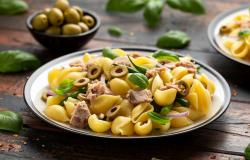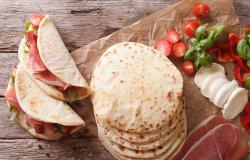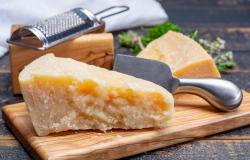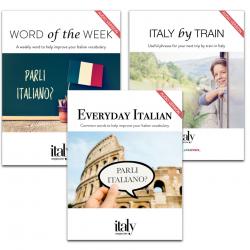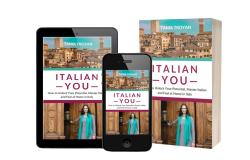Great Foods of Italy: Pumpkin Cappellacci
ITA:
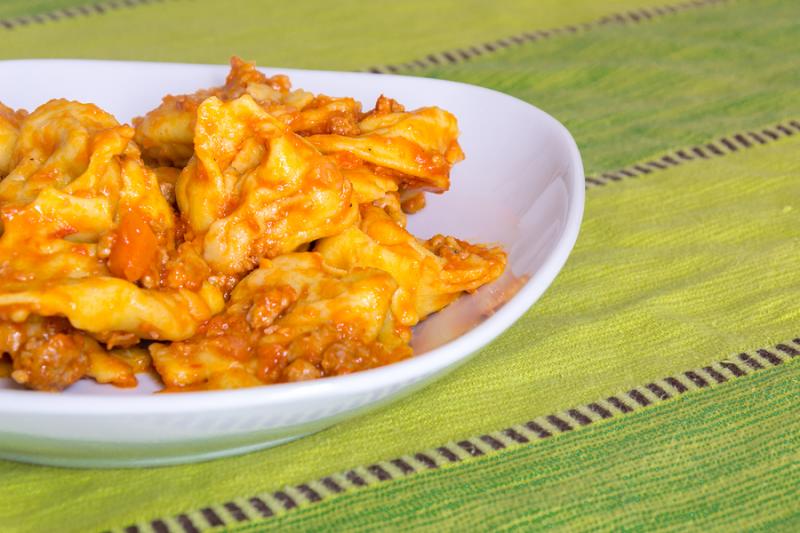
Use player to listen to Italian version

Paywall Content
Hailing from the Ferrara area in Emilia-Romagna, pumpkin cappellacci is a type of stuffed pasta similar to ravioli, whose roots are part of the ancient and popular culinary tradition of stuffed pasta from northern Italy.
Also known as ‘cappellacci ferraresi’ (referring to their place of origin, Ferrara) or ‘cappellacci estensi’ (referring to the Este, the family that ruled Ferrara for centuries), they obtained I.G.P. recognition in 2016, a label that applies to foods whose qualities and reputation are derived from their geographical origin.
The first written recipe of pumpkin cappellacci dates back to 1584, penned by Giovanni Battista Rossetti, chef at the court of the duke Alfonso II d'Este in Ferrara.
The recipe today is still similar, except for the heavy use of spices, which was typical of the Renaissance, and especially popular in the preparation of food for the aristocratic class.
During the Renaissance, the filling included ginger and cinnamon, but today only nutmeg and pepper are still used as spices.
The term ‘cappellaccio’, or its dialect equivalent from Ferrara, ‘caplaz,’ is said to refer to the shape of straw hats that peasants used in the past, called ‘caplaz’; pumpkin was for a long time a major source of livelihood in the countryside. Others claim it is a pejorative term for ‘cappelletti’, another type of stuffed pasta that is smaller and filled with meat; thus cappellacci refers to a larger size, a rougher shape and, because they don’t contain meat, were considered in the past to have lower nutritional properties.
The pumpkin used for cappellacci is the ‘zucca violina’, a variety that owes its name to the elongated shape similar to the musical instrument.
After steaming or baking the pumpkin, parmigiano reggiano, eggs, breadcrumbs, salt, pepper and nutmeg are mixed with its pulp; the filling is then ready to be added to the cappellacci, made with egg and flour, which will then be folded into its typical shape – first folded into a triangle, then joining the ends around a finger.
The classic sauce to go with cappellacci di zucca is melted butter and sage, with the addition of grated Parmigiano Reggiano, but there are variations that include tomato sauces or meat sauce.
Originari del ferrarese in Emilia-Romagna, i cappellacci di zucca sono un tipo di pasta ripiena simile ai ravioli, le cui radici fanno parte dell'antica e diffusa tradizione culinaria della pasta ripiena del nord Italia.
Conosciuti anche come ‘cappellacci ferraresi’ (riferendosi al loro luogo di origine, Ferrara) o ‘cappellacci estensi’ (riferendosi agli Este, la famiglia che governò Ferrara per secoli), i cappellacci di zucca hanno ottenuto il riconoscimento I.G.P. nel 2016, un'eti
